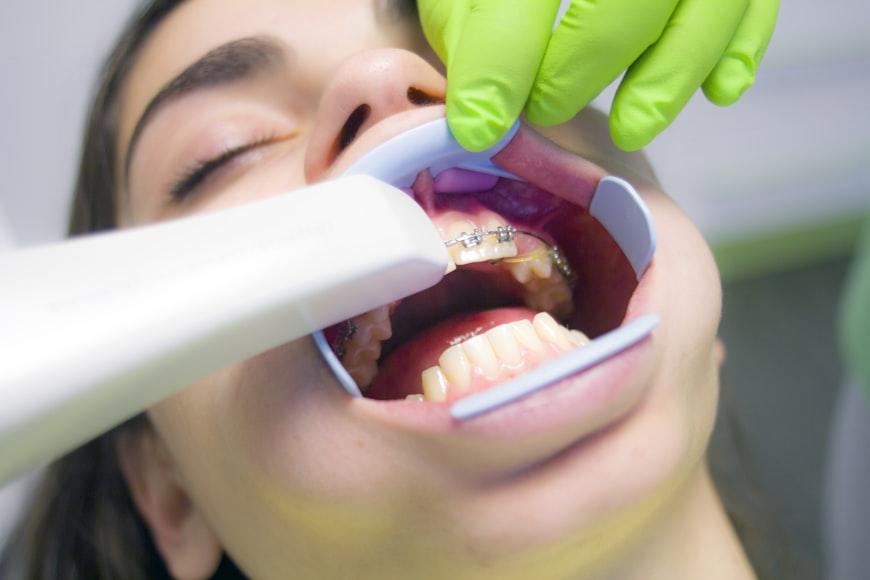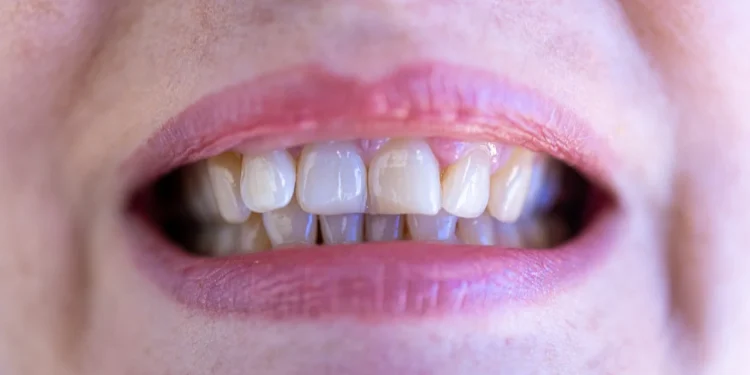If you’ve ever had issues with your wisdom teeth, you know that the struggle is real. These third molars often cause problems because there’s just not enough space in your mouth for them to grow in comfortably. There are a lot of things that could go wrong with these molars coming out. From pain and swelling to infections and shifting teeth.
However, given all these potential issues associated with the growth of wisdom teeth, it’s no surprise that many people end up needing treatment. One of the most common solutions to these problems is the wisdom teeth removal procedure. But what exactly does this involve?

Why Do People Undergo The Wisdom Teeth Removal Procedure?
There are a couple of reasons why people would want to undergo the wisdom teeth removal procedure. The first reason is impaction. When wisdom teeth don’t have enough space to emerge properly from the gums, they become impacted, which means that they become trapped under the gums or pushed against other teeth. An impacted tooth causes pain in that particular region or, in some cases, pain all over the mouth.
Furthermore, partially erupted wisdom teeth can create pockets in the gum where food and bacteria can get trapped, which potentially leads to infections.
Another reason is the crowding of the teeth. Remember, wisdom teeth tend to push against other teeth, which causes them to misalign and eventually become crowded. For this reason, an extraction of the tooth is needed to put everything back in place.
Preparation for the Procedure
Step 1:
Firstly, you’ll need to have a consultation with a dentist or an oral surgeon. This healthcare professional will examine your teeth, take an x-ray, and then discuss your medical history, which will enable both of you to understand the best approach for your extraction.
Step 2:
Next, you will need to decide on the type of anesthesia for the procedure. There are three types of anesthesia. There’s the local anesthesia, which basically helps in numbing just the particular area where the surgery is going to be done, sedation, which makes you drowsy, and a complete anesthesia, which puts you to sleep. This choice will depend on your comfort level and then the complexity of the extraction.
Step 3:
Furthermore, your dentist or your surgeon will give you specific instructions that you need to follow before the surgery. It could be anything like fasting, if you’ll be under general anesthesia, or probably avoiding certain medications.
Step 4:
Next, you’ll have to arrange for transportation because you might be drowsy after the whole procedure, so it’s best to make an arrangement for someone to drive you home.
Step 5:
You have to prepare for aftercare of that particular area by stocking up on soft foods, pain medications, which will be recommended by the doctor, and ice packs, which you’ll be using on your chin and cheeks to reduce the swelling.
Extraction Process
Firstly, you’ll be given anesthesia, depending on the one that was decided on during your consultation. Afterwards, the surgeon will make a small cut in the gum tissue where the wisdom teeth are located. This incision allows the surgeon to assess the area where the tooth is beneath the gum.
Once the gums are cut open, the surgeon will work on getting the wisdom teeth out. If it’s a case where the teeth are fully erupted, the procedure might be straightforward. However, if the teeth are impacted, which means not fully coming through the gum or are stuck in the bone, the surgeon might need to break them into smaller pieces to remove them easily.
But sometimes, the surgeon has to remove a bit of the bone around the tooth to get a clear view and access to the situation. This is usually done with a drill or any other special dental tool. After the teeth are removed and any extra bone work is done, the surgeon will stitch up the incision, which will allow the gum tissue to heal properly. There are some types of stitches that might dissolve on their own over time, or you might need to come back to the clinic to have them removed later, depending on the type of suture being done to the gum.
Conclusion
For the first week, pain and swelling are usually at its peak. So you would need to use ice packs to reduce the swelling and also take prescribed painkillers to reduce the pain. All you need to do is stick to soft or liquid food and avoid hot or spicy food. Always rinse your mouth and avoid brushing directly over the extraction sites.
In the second week, the pain and swelling should significantly improve. Then you can begin to eat more solid food and then follow up on your checkup with a dentist or a doctor either to remove the stitches or to see how well you are healing.

















